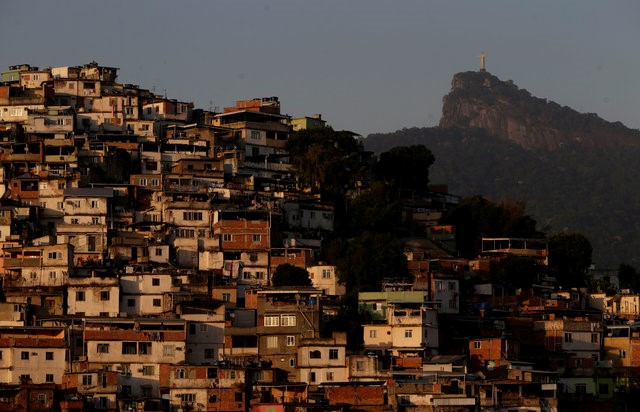By Ricardo Moraes
RIO DE JANEIRO (Reuters) - You have seen the postcards.
And you have probably read the headlines.
Rio de Janeiro is a marvel and a mess all at once.
When it hosts the first-ever Olympics in South America, starting on Aug. 5, visitors will see a city whose stunning topography - stark, verdant mountains loom over packed and playful beaches - competes only with the drama of daily life here.
Despite drug gangs, violent crime, gaping inequality and heavy pollution, the natural splendour of Rio makes even locals joke that no matter how hard they try, they somehow never manage to ruin the place.
From above, atop the Pão de Açucar outcropping or the jungle aeries of the lush Tijuca park, sharp contrasts take shape between sclerotic city streets and forests where monkeys, toucans and boa constrictors wander.
Down below, demographic differences are just as stark.
Upscale apartment blocks and opulent mansions abut hillside slums and urban blight. Tony restaurants and luxury shopping centres buzz with clientele even amid a recession that means nearby hospitals and schools are so short of financing they sometimes have to close.
Of course, Olympic visitors may not see much more of Rio than the spectacle of the Games. And the city, a sprawling metropolis of more than 12 million people, is impossible to take in all at once.

But for anyone willing to make the effort, Rio remains a sight to behold.